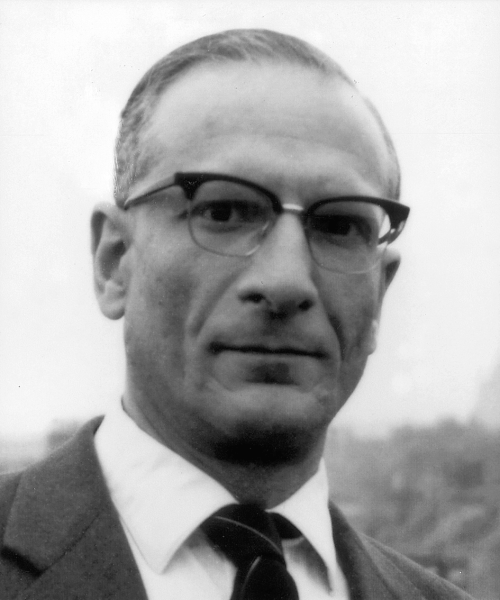
Introduction
Dr. David A. G. Galton (1922-2006) was a skilled morphologist who produced major contributions to hematology in his diagnosis and classification of cancers of the blood, including prolymphocytic leukemia, and in his clinical trials of busulphan, chlorambucil and melphalan, which became the standard treatments for chronic myeloid leukemia, chronic lymphocytic leukemia, and multiple myeloma, respectively, for a period of four decades. His 1963 thesis on the natural history of CLL is the source of the WBC patterns seen in CLL (Types I, IIa and IIb); this concept was later rediscovered as the lymphocyte doubling time (LDT). Dr. Galton was well known for his leadership and participation in the Medical Research Council (MRC) and its Leukaemia Research Unit at the Royal Postgraduate Medical School (RPMS) at Hammersmith Hospital, and he was a founding member of the French-American-British (FAB) group. In 1986, he was awarded the rank of Commander of the Order of the British Empire (CBE). He was posthumously awarded the Rai-Binet Medal in 2007 for his work on the natural history of CLL and introduction of chlorambucil for the treatment of CLL.